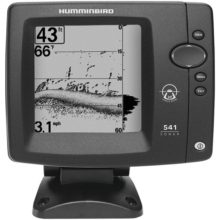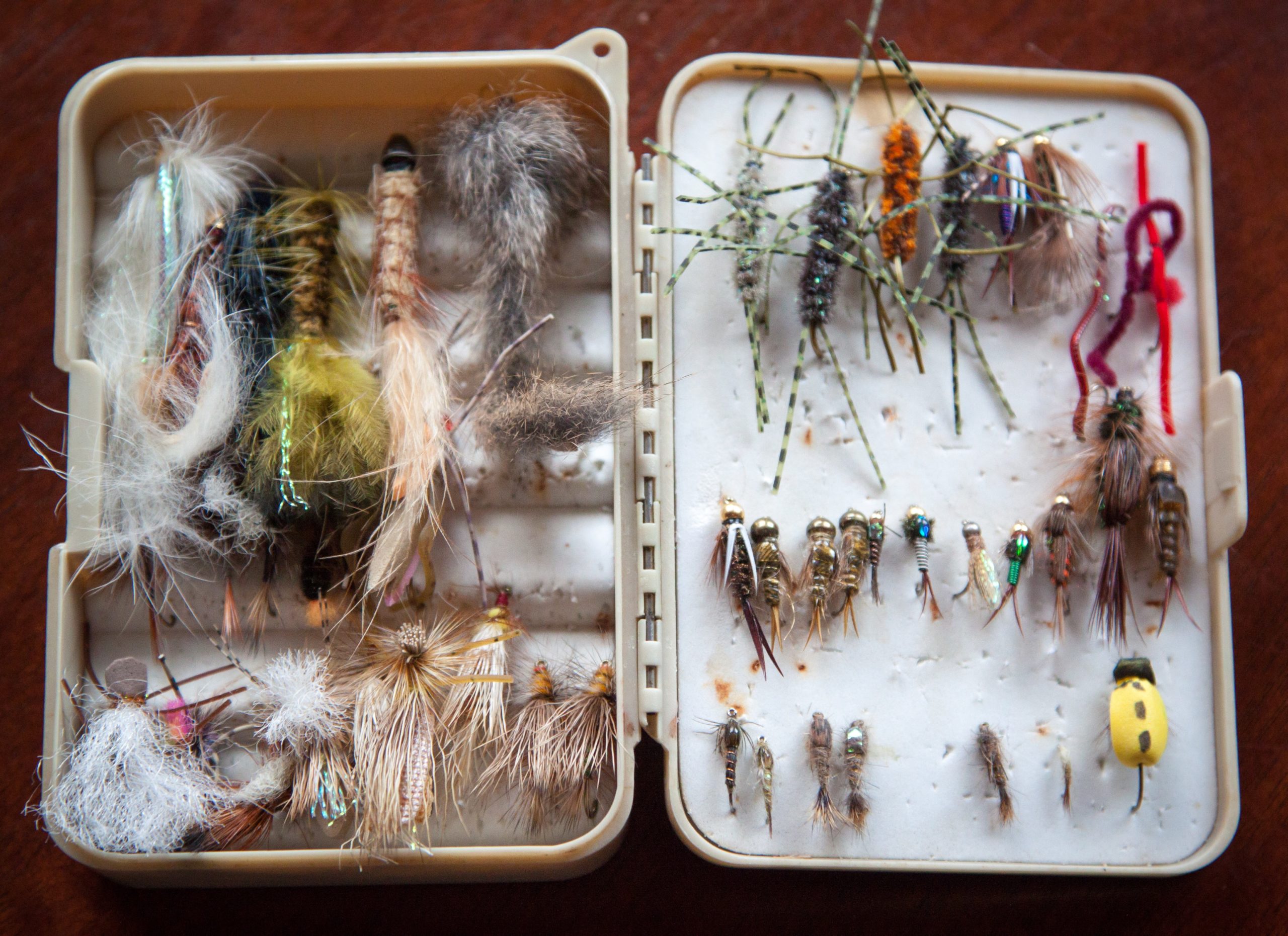What to Put in a Tackle Box: A Basic Guide

The tackle box is amongst the most important tools in the armory of a well-equipped fisherman. That is because it is responsible for holding just about all the gear you need for a successful trip down to your favorite fishing location, ensuring you don’t overlook any element.
A well-equipped tackle box will have everything you need, but most of you would surely still wonder and ask "What to put in a tackle box?" Well, the content will change a little depending on the type of fish you’re going for as well as where you plan to fish.
Broadly speaking though, there is a range of items that should always be well represented within your tackle box, and we will discuss them briefly.
What to Put in a Tackle Box
Spare Line
This is one of the key pieces of the kit since there is really nothing worse than starting a fishing session only to end up with a line that has caught up and snapped. Yes, it’s annoying as you’ll almost certainly lose your lures, weights, and hooks, but it’s twice as bad if you don’t have enough line to make a new rig.
Every rookie fisherman we know has run out of line one time or another, but you can learn this lesson the easy way by keeping spare reels of fishing line, of varied strengths, tucked away in your tackle box.

Lures and Flies
Basically, we’re not going to catch much without a lure or two. A good tackle box will contain numerous small compartments so that you can carry a range of lures. Again, this will depend on the types of fish you’re going after, so conduct thorough research before you load up your box.
Bobbers
Of course, not everyone uses a bobber, and while many will argue over their merits, an ideal tackle box will contain a good supply of bobbers or floats. Why is that? Well because a handy tackle box should be well stocked. That means that it has everything you might need on any given day.
Sometimes you may want to go for bottom-feeding fish, in which case a bobber is not much of a help. Other times, you may want that bait to be suspended up in the water, and bobbers will be helpful, not to mention the useful visual aid they provide.
Swivels
These very useful little tools are mainly utilized in sea fishing, though they can also be used on heavier lines for inland (river and lake) fishing. These tools comprise two small metal hoops that are joined together by a pivoting joint.
They can be used to connect two pieces of line, and they also serve to eliminate line twist. Again, it is not something that every tackle box will necessarily need, but they are pretty cheap and long lasting, so it certainly doesn’t do any harm to carry them.
Leaders
One of the most important materials for fly fishing activities that should be placed in a tackle box is a good supply of high-quality leader. This clear material is the line that connects the lure to the main line.
It simply must be clear to hide the presence of the tackle from the fish, which means an ordinary line is not up to the task. So, keep a supply of spare leaders in your box so that you can remake new fishing rigs as and when you need them.
Weights
Also referred to as sinkers, they are a key part of the well put together tackle box. Weights are used to balance the bobber, and they can also be used by the skilled fisherman to control where the baits and lures sit. You’re going to need a lot of weights to suit different water and weather conditions, so make sure your tackle box is packing a comprehensive range!
Hooks
You can have the prettiest lure, the tastiest bait, and the best set of fishing line, but none of them will mean a thing without a good hook at the end of the fishing rod!
A fishing hook is not just a piece of bent metal. In fact, there is almost a wide range of hooks; hence, make sure to pack your tackle box with an excellent array. Again, this will be dependent on the type of fish that you are setting out to catch, so do your research beforehand and pack accordingly.
FINAL VERDICT
Listed above is the most basic and important components that should be found in even the simplest tackle box. As your skill progresses, you will, of course, tailor the content of the box to suit your own needs, personal fishing styles, and the demands of the fish species you want to catch and locations you prefer to go fishing.
Nevertheless, we assure you that when you start with this as the basis of a basic tackle box setup, you won’t never wrong. Happy fishing!
We like to share product recommendations with you and hope you like them! Just to make you aware FishingLab may collect a small share of sales or other compensation from the links on this page.
